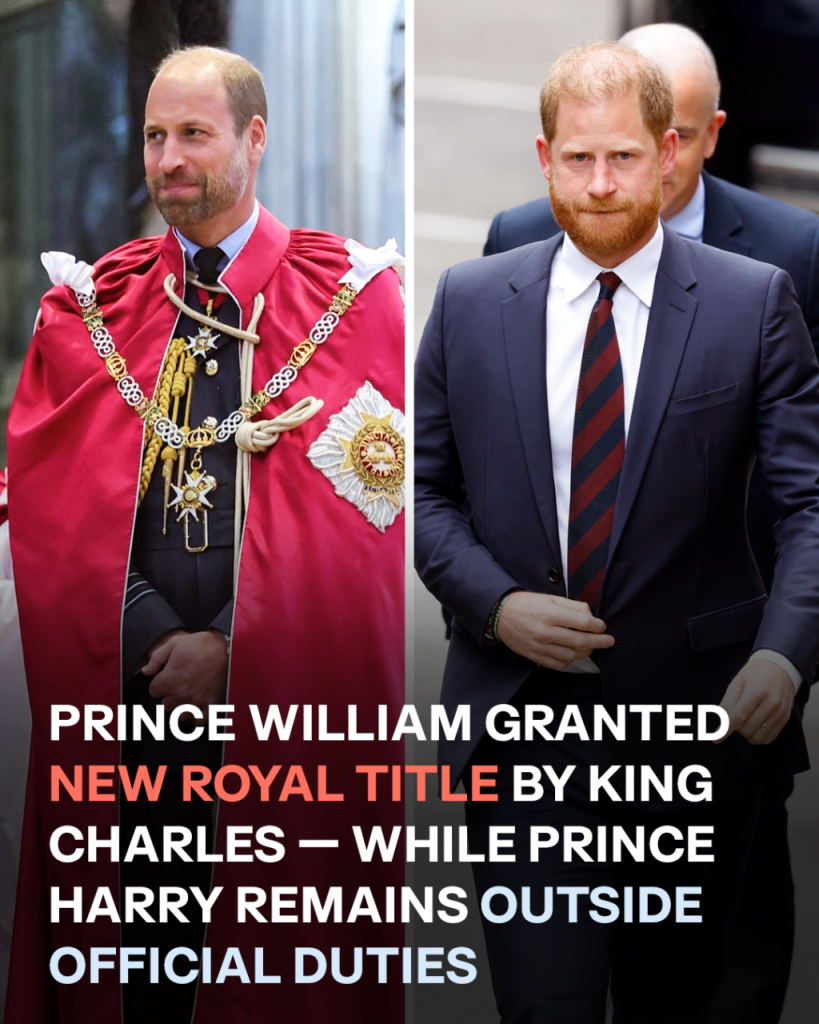
A ceremony held at Westminster Abbey quietly emphasized Prince William’s special place in Britain’s long-standing chivalric traditions.
On May 16, 2025, Prince William, the Prince of Wales, was officially appointed as the Great Master of the Most Honorable Order of the Bath. The event, which took place with King Charles III at Westminster Abbey, underlines the historic importance of royal honors and the role of passing traditions through generations in the monarchy.
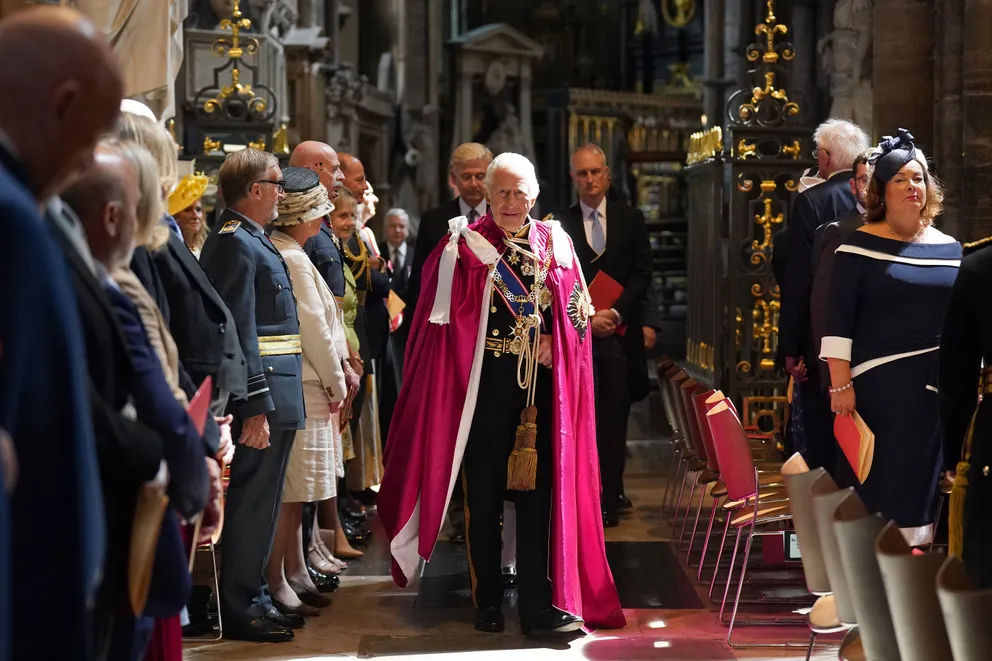
At a ceremony rich in tradition and symbolism, William stood alongside his father to honor the 300th anniversary of the Order of the Bath.
Taking place at Westminster Abbey, the event was notable for the royal family, as it was the King’s inaugural attendance as Sovereign.
As the heir to the throne, William was appointed Great Master of the Order—a position usually reserved for the next in line. At the same ceremony, five people were officially made Knights Grand Cross.
The Order was established by George I on May 18, 1725. It began as a military honor but has since expanded to include high-ranking military and civilian officials.
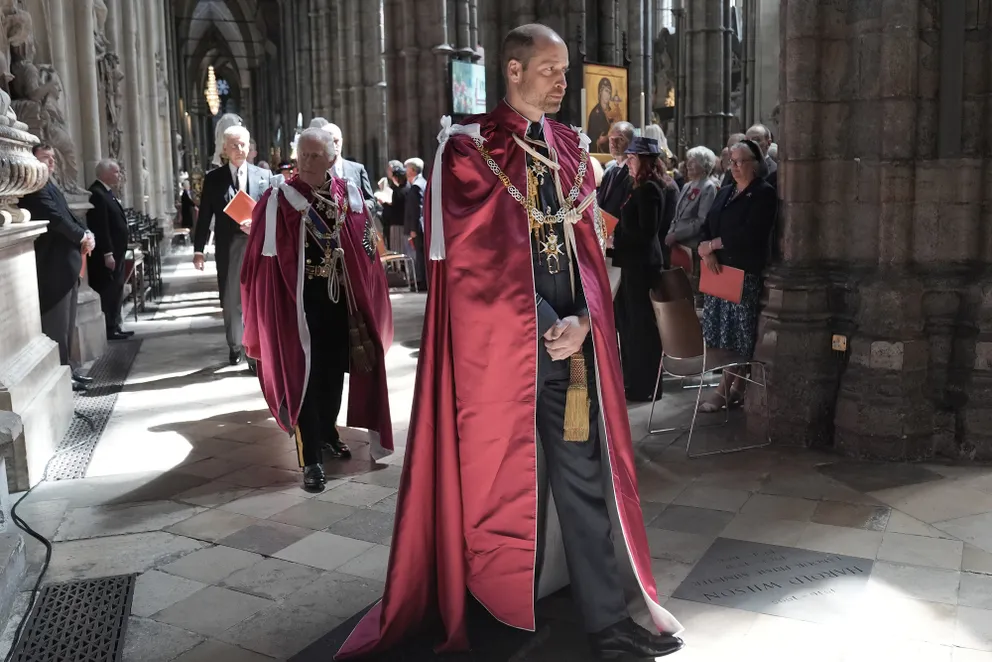
The name and ceremonies trace back to medieval times, when knights took a ritual bath symbolizing purification before being invested. Although the tradition was revived in the 18th century, the Order still maintains ties to those original customs.
The King and the Prince were greeted at the abbey’s Great West Door before joining a formal procession with other officials through the nave. They then moved to the Quire for the service and afterward went to the Henry VII Lady Chapel for the official installation ceremony.
While the Sovereign attends only every other service—about once every eight years—the Great Master is present at every event held every four years. King Charles III last attended in 2022, back when Queen Elizabeth II was still alive.
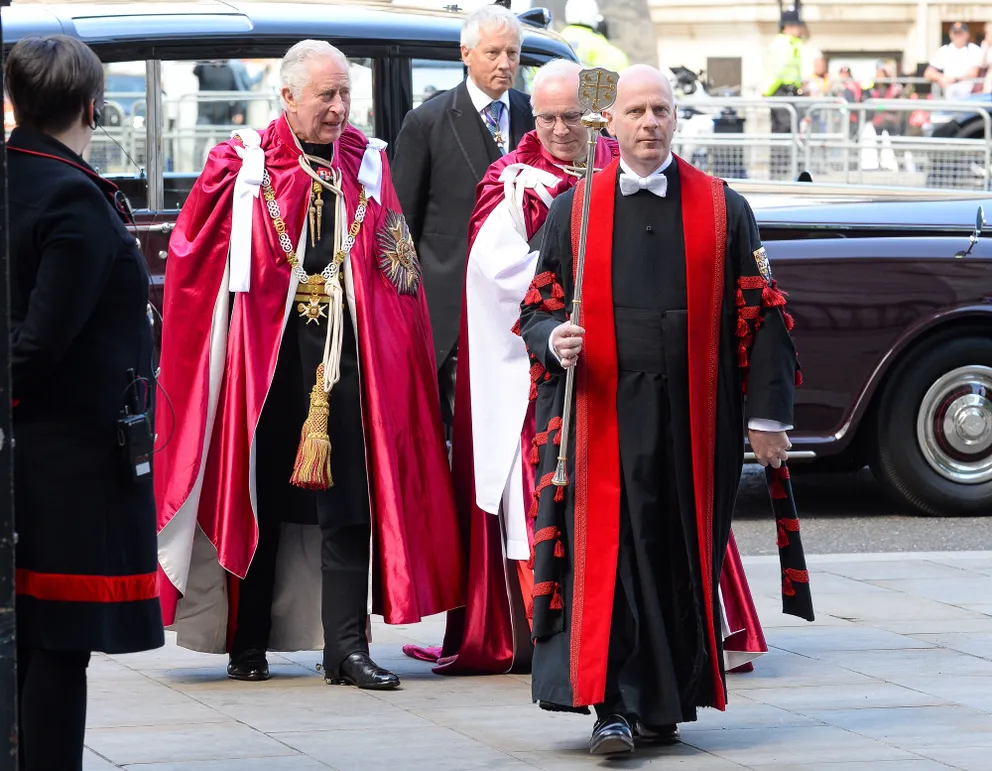
The name and ceremonies date back to medieval times, when knights took a ritual bath to symbolize purification before being invested. Though revived in the 18th century, the Order still honors these original customs.
The King and Prince entered the abbey’s Great West Door, joined a formal procession through the nave, and moved to the Quire for the service. Afterward, they attended the installation ceremony in the Henry VII Lady Chapel.
The Sovereign attends only every other service (about once every eight years), while the Great Master is present at every event, held every four years. King Charles III last attended in 2022, when Queen Elizabeth II was still alive.
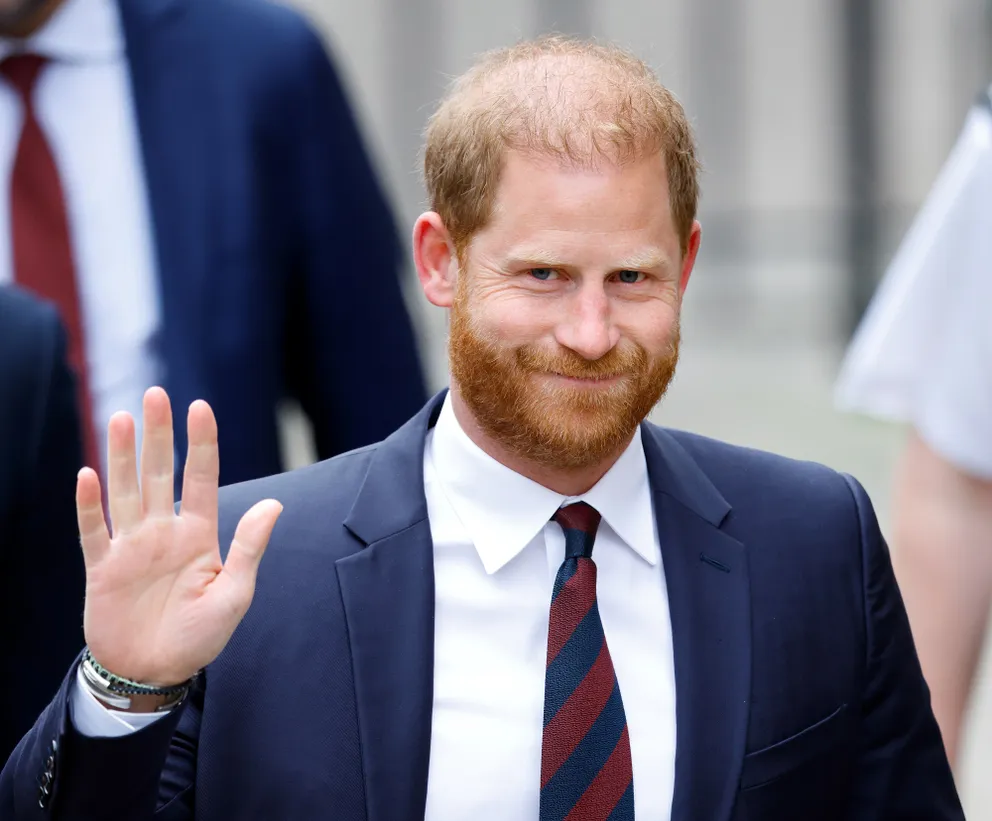
Prince Harry claims the UK government failed to follow standard security protocols after removing his police protection. He says he was never consulted and even offered to pay privately, but was ignored.
“They know if reassessed properly, it would prove I should never have lost protection,” he wrote.
His plea comes as King Charles battles cancer, announced in February 2025. Though the King stepped back from public duties, he remains active in state affairs and hopes to fully return soon.
In past interviews, Harry shared the emotional toll of leaving royal life.
“No one in the family expressed regret,” he told Oprah. “I tried to get help for years.”
In his memoir Spare, Harry recalls growing up in the shadow of his older brother, Prince William. He was seen as the carefree “spare” until his mother’s death at age 12 changed everything.
He blamed the press, struggled with grief, and later found purpose in the military—but trauma remained, leading to PTSD and panic attacks.
“More than anything, I wanted real connection,” he said.
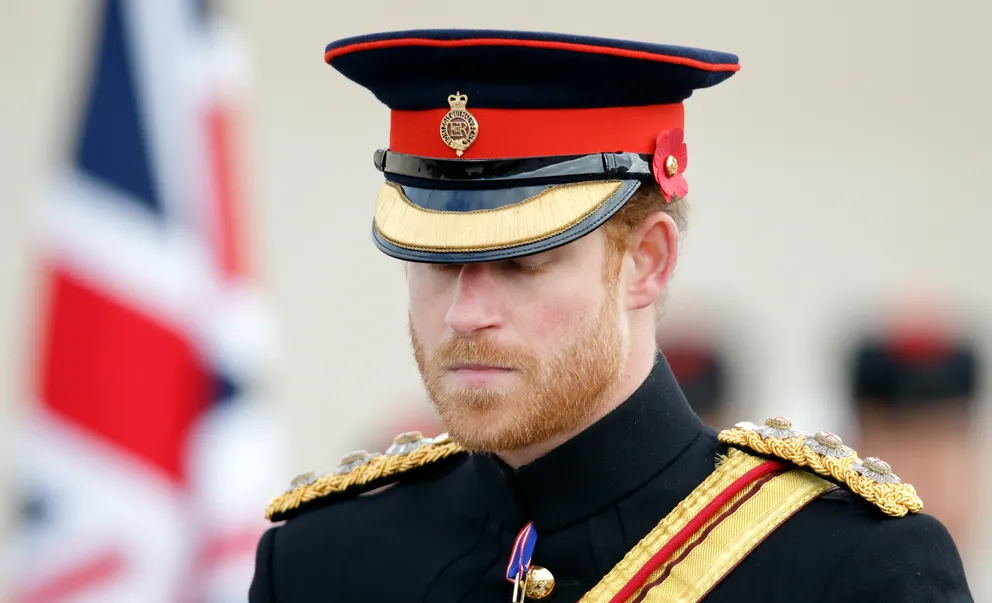
Then Meghan entered his life. Their romance and royal wedding seemed straight out of a fairy tale. But behind closed doors, they were under constant attack from the press — facing racism, false headlines, and invasive coverage.
Harry saw how deeply it affected Meghan and feared history was repeating itself. Concerned for their mental health and safety, he made a rare decision for someone in the royal family: he chose to step away. “The last to try,” the book notes, “had been his mother.”